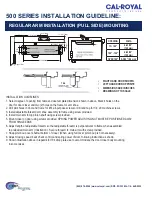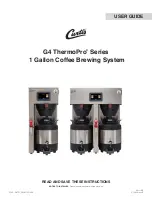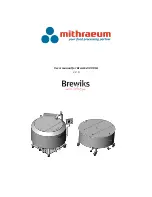
Appendix
Sentinel Kinetic MVHR Installation & Commissioning
36
Appendix: Options and Accessories
CO
2
Sensor
An optional wall-mounted CO
2
Sensor (433257) may be used to control airflow. The CO
2
sensor measures the
CO
2
level in ppm (parts per million) and the unit adjusts the fan speed accordingly. When the CO
2
level is below
the lower threshold (adjustable), the fan will run at Normal speed. When the CO
2
level is above the upper
threshold (also adjustable), the fan will run at Boost speed. If the CO
2
level is between the lower and upper
thresholds, the fan will run at a speed between Normal and Boost proportional to the difference between the
CO
2
level and the thresholds.
Normal / Boost Switch
An optional Normal/Boost Switch (455213) may be used to control airflow. Connecting a switch will enable a
manual control to be used in conjunction with other boost controls.
Humidistats
An internal Relative Humidity Sensor PCB (441838) may be used to control airflow. The unit adjusts the fan
speed proportionally depending on the temperature and relative humidity levels in the extracted air whilst
avoiding nuisance tripping at night time when temperatures drop and relative humidity naturally rises. The unit
does not just look for relative humidity levels above a set point, which can be unreliable in products that extract
from multiple rooms, but it also looks for rapid increase in relative humidity typically generated by such activities
as showering or cooking.
Connecting an opto-coupler (447340)
The LED terminals are intended to drive a remote LED to indicate that a fault has occurred. They provide a 5 V
LED driving signal output between the + and – terminals that enables remote indication of a unit fault. See the
Control Panel for fault code (Refer to installation and commissioning guide listed above). This signal could also
be used by a BMS system so that it is informed that a fault has occurred. If a volt-free contact is required then
use this opto-coupler to provide electrical separation.
Connect the flying leads of the opto-coupler pcb into the LED terminals, + to + and - to -
Connect the pair of leads from the BMS to the terminal block of the opto-coupler pcb. Polarity does not matter
here.




































